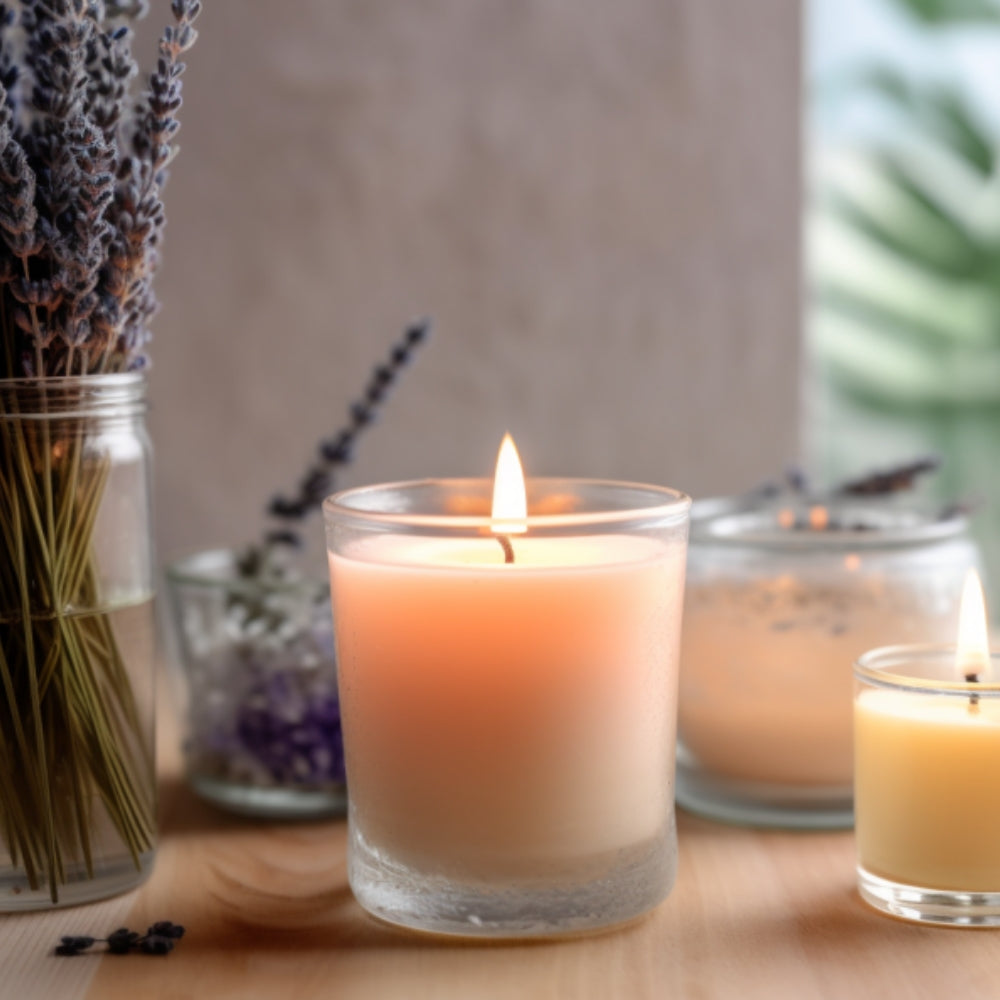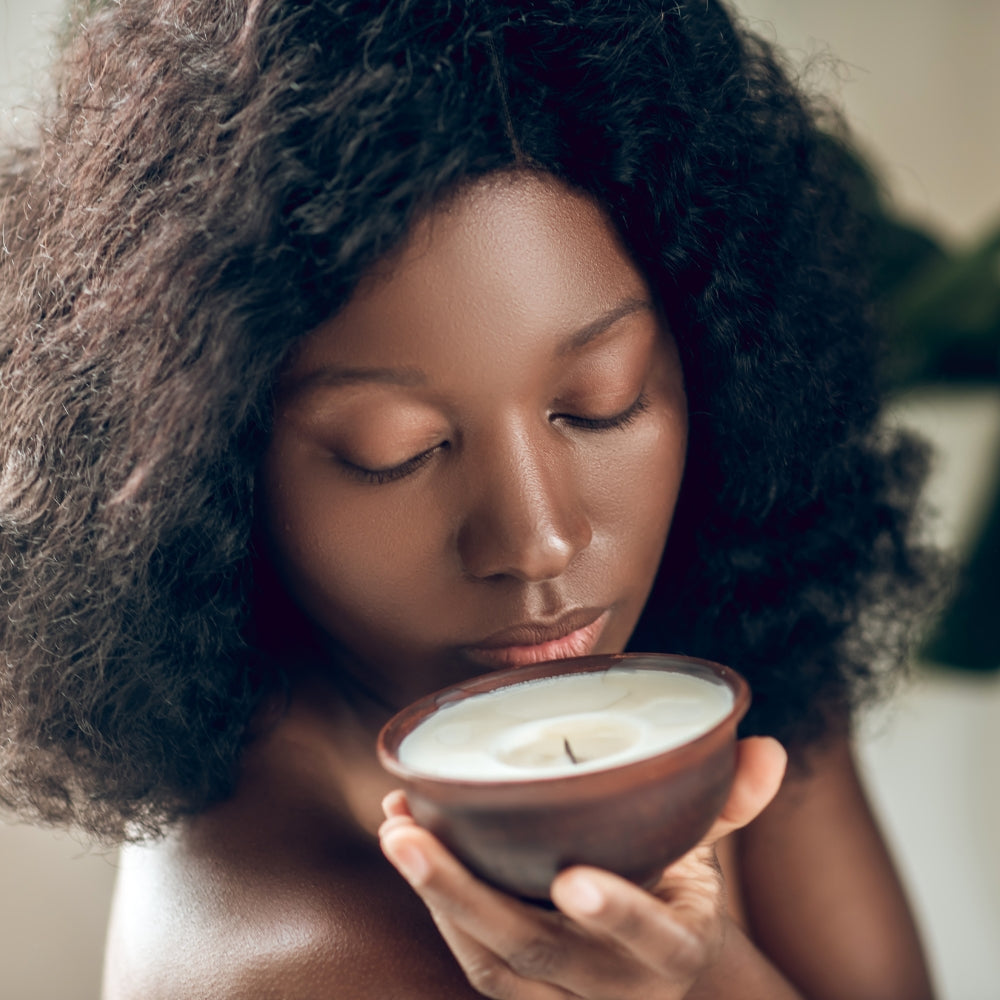History of Candlemaking
Candles have been around since ancient times and have been a source of light, warmth and even religious significance. The art of candlemaking is fascinating and it's a craft that has been passed down for centuries. Let's take a closer look at the history of candlemaking.
The first candles were made over 5,000 years ago and they were made by the ancient Egyptians. In those times, the candles were made from beeswax and were considered a true luxury item because beeswax was hard to come by and they were expensive to produce. The wealthy households and religious institutions would celebrate special events or religious ceremonies burning them for hours on end.Over time, the art of candlemaking began to evolve with the advent of the middle ages. During this time, the candles were made of tallow which is a byproduct of animal fat that is derived from cows or sheep. Tallow candles were widely used because they were burnable and cost-effective. Candles were now being used by everyone – from churches and wealthy households to ordinary people on the streets.
By the 16th century, the world was experiencing the Age of Discovery, and exotic plants like the bayberry bush were being brought back to Europe. The waxy berries of the bayberry bush were used to make sweet-smelling candles that were highly valued. Due to their pleasant aroma, these candles were often reserved for festive occasions and holidays.
At this point in history, candlemaking was not just a craft but also a science. Manufacturers began to experiment with colors, fragrances, temperatures, and even wick materials to create the perfect candle.
Candles not only provide light and fragrance but also help to create a cozy and relaxing atmosphere. They are also used in meditation and relaxation practices. In fact, different scents are believed to provide different benefits – for example, lavender is said to help with relaxation, while peppermint can boost energy and focus. Candles have become an integral part of lifestyle, being used in hotels, boutiques, restaurants, and even personal spaces like homes.
In conclusion, the history of candlemaking is fascinating, and it has undergone significant changes throughout time. Candles have been a valuable part of human life, both in terms of functionality and symbolism. Today, candlemaking has evolved into a craft that combines both art and science, and there is a wide range of options available for everyone's preference. So go ahead and light that candle, and let it take you on a journey through time.




Leave a comment
This site is protected by reCAPTCHA and the Google Privacy Policy and Terms of Service apply.